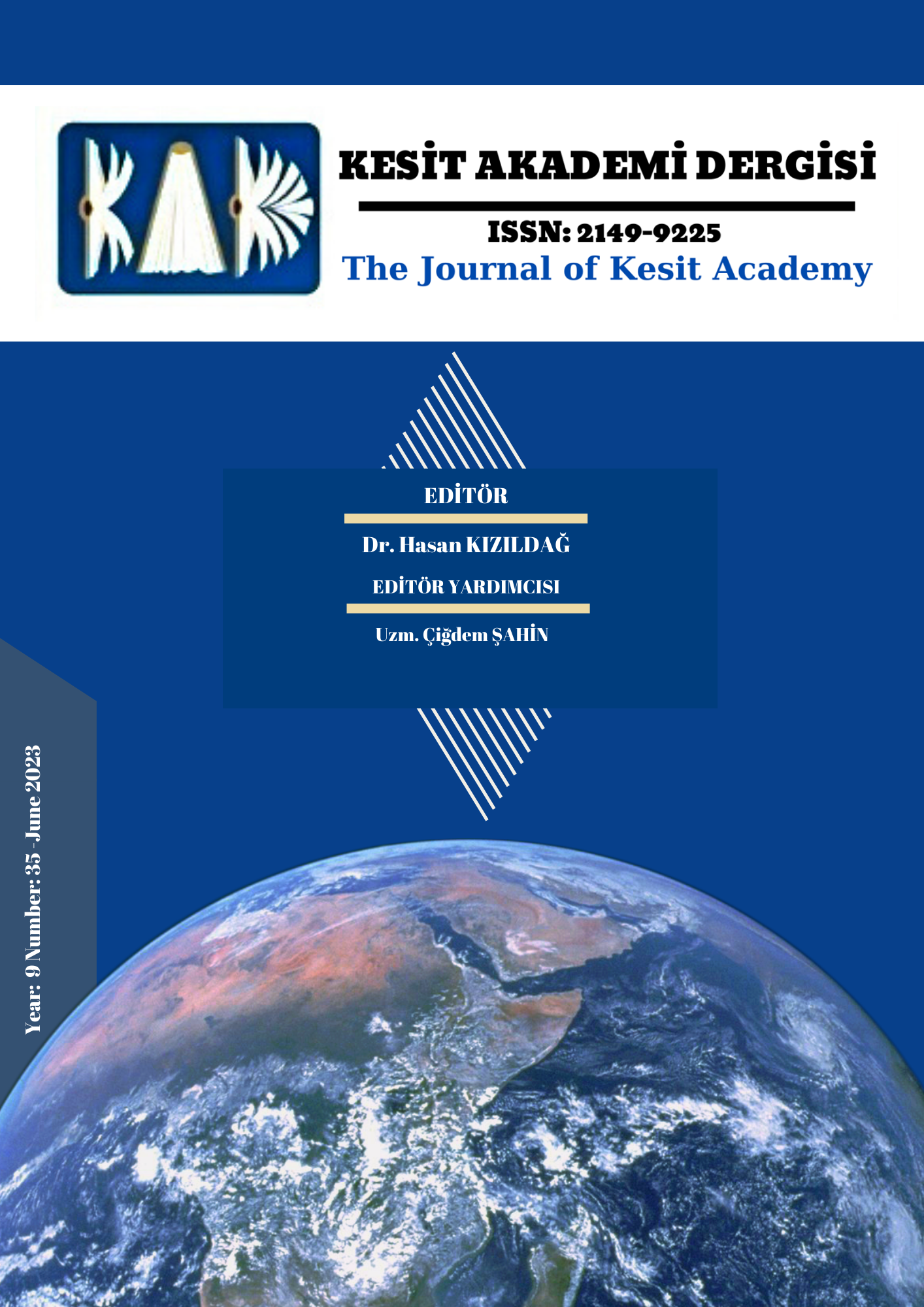Profesyonel Ses Kullanımında Contralto Profondo Kadın Tenor Ses Karakteri ile Tenor Ses Rengi İlişkisine Genel Bir Bakış
Author :
Abstract
Bu araştırma, karakteristik ses özelliği ile diğer ses türlerinden ayrılan ve “Kadın Tenor” olarak da karşılaşılan Contralto Profondo ses karakterinin genel bir değerlendirmesinin yapılması ve erkek ses rengi olan Tenor ses türü ile benzerliğini ortaya koyulması amacıyla hazırlanmıştır. İnsan ses renklerinin tanımlanmasında kadın sesleri ve erkek seslerinin ana gruplar olarak tanımlandığı Temel Ses Sınıfları içinde inceden kalına doğru Kadın sesleri olarak Soprano – Mezzosoprano – Alto ve Erkek sesleri olarak da Tenor – Bariton – Bas ses türleri yer almaktadır. Kendi içerisinde de belli alt türlere (renklere) ayrılarak yaygın olarak bilinen bu ses sınıflandırmasının yanında, özellikle ses eğitimi süreçlerinde sesin tanımlanması ve uygun eğitim stratejilerinin uygulanması söz konusu olduğunda nadir rastlanan “Karakteristik Ses Türlerinin” de yer alması bir ses eğitimcisinin her zaman karşılaşabileceği bu ses karakterleri bağlamında oldukça önemli görülmektedir. Karakteristik ses türleri içinde değerlendirilmesi gereken ve nadir karşılaşılan ses türlerinden bir tanesi de Contralto Profondo’dur. Günümüzde yaygın olarak bilinmemesi ve bu ses özelliğine çok nadir rastlanması, Contralto Profondo ses karakterinin doğru tanımlanamaması, bu doğrultuda doğru ses eğitimi yöntemlerinin uygulanamamasına neden olmaktadır. Bu bağlamda bu ses özelliğine sahip olan çok sayıda ses sanatçısının eğitim süreçlerinde yanlış yönlendirmelere bağlı olarak ses kayıpları yaşadığı hatta sahne performanslarının sona erdiği durumların ortaya çıktığı bilinmektedir. Duygu durum ifadesi açısından benzersiz özellikler taşıyan Contralto Profondo ses karakteri, Tenor erkek ses rengi ile neredeyse aynı tınılarla duyulan bir kadın ses rengidir. Bu nedenle Contralto Profondo adı yanında çoğu zaman “Kadın Tenor” isimlendirilmesi ile de karşılaşılmaktadır.
Keywords
Abstract
This research has been prepared in order to make a general evaluation of the Contralto Profondo voice character, which is distinguished from other voice types with its characteristic voice feature and is also encountered as "Female Tenor" and to reveal its similarity with the male voice color Tenor voice type. There are Soprano – Mezzo-soprano – Alto as female voices and Tenor – Baritone – Bass voice types as female voices within the Basic Voice Classes in which female voices and male voices are defined as the main groups in the definition of human voice colours. In addition to this sound classification, which is widely known by dividing into certain sub-genres (colors) within itself, there are also "Characteristic Sound Types", which are rare when it comes to defining the sound in voice training processes and applying appropriate training strategies, this sound that a voice educator can always encounter. Seems to be very important in terms of characters. One of the rare voice types that should be evaluated among the characteristic voice types is Contralto Profondo. The fact that it is not widely known and this voice structure is very rare, the Contralto Profondo voice character cannot be defined correctly, and the correct voice training methods cannot be applied in this direction. In this context, it is known that many singers who have this voice feature experience loss of voice due to misdirections during the education process and evenstuations where their performences come to an end. This voice character, which has unique features in terms of mood expression, is a female voice color that is heard with almost the same tones as the Tenor male voice color. For this reason, besides the name Contralto Profondo, it is often encountered with the naming of “Female Tenor”.





